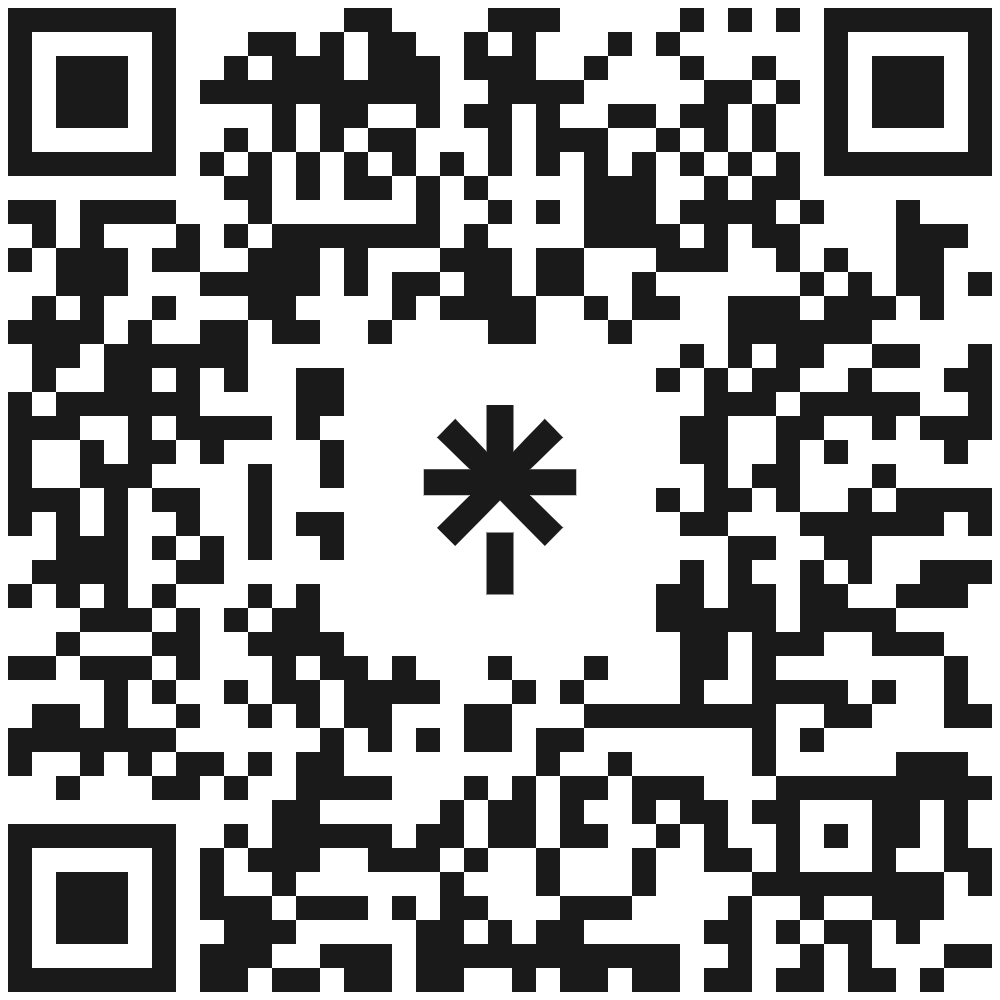“Freelancing in America,” a 2017 study commissioned by Upwork and Freelancers Union, predicted most of the U.S. workforce will be freelancers by 2027. As a fulltime freelancer, that’s great news to me.
Now for the unwelcome news. Another independent study, also conducted in 2017, found evidence of widespread discrimination and bias on two online gig platforms—Taskrabbit and Fiverr.
Five years later, little has changed. As a Black freelancer, I know firsthand.
Online Platforms: One-sided affairs
The 7.5 Ton Elephant in the Room: Racism and Discrimination

In the 2017 study, “Bias in Online Freelance Marketplaces: Evidence from TaskRabbit and Fiverr,” its authors found evidence of gender and racial bias after looking at over 13,000 user profiles on the two platforms. They also found a correlation between a freelancer’s race and the ratings they received from customers.
To what extent does the requirement of a profile photo play into all of this? How can anti-discrimination be enforced on a platform where a biased client can choose to ignore a qualified proposal because something about the freelancer—race, age, gender, country of origin—upsets his sense of what’s right in the world? Or what can be done to prove a low rating was given because of some bias on the part of the buyer?
Or how about subconscious bias on behalf of the developer who creates the algorithms that drive the platform? For example, if a racist buyer doesn’t want to have to work with someone from a specific country, he can simply elect to only offer the job posting to people who live in the United States or another location. Then he can silently scroll through profiles and eliminate freelancers from consideration in total secrecy, Under the guise of needing someone in a specific time zone, the evil deed is accomplished without accountability or repercussion.
Another 2017 study—this one conducted by researchers at Northeastern University—found anti-black hiring sentiment remained at levels dating back to 1969. This means that since I’ve grown up, become a father and a grandfather, little has changed in how much importance society puts on the color of a person’s skin.
One thing is certain: if racism and discrimination are prevalent problems in our world (they are), and they have been found to exist on one or more online platforms (they have), it is reasonable to conclude they exist on most, if not all of platforms (they do).
As Dr. Carl Sagan once said, “absence of evidence does not mean evidence of absence.”
Over the years, as I’ve established and built business relationships, I’ve found the only color of real importance to me, and my clients is green. That irony is not lost on me.
My experience on freelancing platforms
In 2022, I participated in a research study for Upwork. This year I repeated the process. And in the two years that passed I did not make one dime on the platform. Not one dime. As a creative freelancer and content creator, I know I’m competing against freelancers all over the world. I also understand platforms like Upwork create an environment giving buyers most of the leverage.
Sure, I drafted persuasive proposals suited for my skillset, updated my design and video production portfolios, upgraded my website design, and established a presence on social media. I even lowered my bids to increase my chances of getting a gig. Out of the hundreds of proposals I submitted on the platform, I received three legitimate inquiries, but not contracts.
For participating in the studies, I earned a whopping seventy dollars on Upwork although I spent far more buying connects and time drafting proposals. Why was I even chosen to participate in the study? Could it be I stood out as a sore thumb—another black freelancer swept under the rug and ignored? While participating in this year’s study, the researcher asked what I thought could be done to improve the platform. My reply: scrap it and start over.
My experience on Fiverr was no better. I earned lots of frustration for little money. Add PeoplePerHour, Airtasker, Contra, Twine, and CreativePool to that list. Ditto for online job sites like Indeed and ZipRecruiter.
I realized I needed to change my approach and take matters into my own hands.
Sell Your Services, Not Your Dignity
Once I got tired of playing the online platform game, I worked on improving my skills and my presentation. Now, my website and blog are my primary means of attracting new clients. I also get direct referrals from former clients. Using Instagram and Linktree has helped me connect with other designers and content creators and drive traffic to my website. I’ve found professional groups on Facebook and LinkedIn to also be of excellent value.
Twenty years after becoming a fulltime entrepreneur, my outlook and routine remain the same. I focus my energy each day on promoting my design services and finding clients who need my services, who want to do business with me, and who are happy to pay a fair rate for those services. Over the years, as I’ve established and built business relationships, I’ve found the only color of real importance to me, and to my clients is green. That irony is not lost on me.
Although I realize the uphill battle faced by people who share my skin color, I believe I can still accomplish what I set out to do. Not even bad experiences on online freelancing platforms. If I don’t receive an invitation to the party, I’ll have to invite myself. And that’s fine by me.
Share This Story!
“Freelancing in America,” a 2017 study commissioned by Upwork and Freelancers Union, predicted most of the U.S. workforce will be freelancers by 2027. As a fulltime freelancer, that’s great news to me.
Now for the unwelcome news. Another independent study, also conducted in 2017, found evidence of widespread discrimination and bias on two online gig platforms—Taskrabbit and Fiverr.
Five years later, little has changed. As a Black freelancer, I know firsthand.
Online Platforms: One-sided affairs
The 7.5 Ton Elephant in the Room: Racism and Discrimination

In the 2017 study, “Bias in Online Freelance Marketplaces: Evidence from TaskRabbit and Fiverr,” its authors found evidence of gender and racial bias after looking at over 13,000 user profiles on the two platforms. They also found a correlation between a freelancer’s race and the ratings they received from customers.
To what extent does the requirement of a profile photo play into all of this? How can anti-discrimination be enforced on a platform where a biased client can choose to ignore a qualified proposal because something about the freelancer—race, age, gender, country of origin—upsets his sense of what’s right in the world? Or what can be done to prove a low rating was given because of some bias on the part of the buyer?
Or how about subconscious bias on behalf of the developer who creates the algorithms that drive the platform? For example, if a racist buyer doesn’t want to have to work with someone from a specific country, he can simply elect to only offer the job posting to people who live in the United States or another location. Then he can silently scroll through profiles and eliminate freelancers from consideration in total secrecy, Under the guise of needing someone in a specific time zone, the evil deed is accomplished without accountability or repercussion.
Another 2017 study—this one conducted by researchers at Northeastern University—found anti-black hiring sentiment remained at levels dating back to 1969. This means that since I’ve grown up, become a father and a grandfather, little has changed in how much importance society puts on the color of a person’s skin.
One thing is certain: if racism and discrimination are prevalent problems in our world (they are), and they have been found to exist on one or more online platforms (they have), it is reasonable to conclude they exist on most, if not all of platforms (they do).
As Dr. Carl Sagan once said, “absence of evidence does not mean evidence of absence.”
Over the years, as I’ve established and built business relationships, I’ve found the only color of real importance to me, and my clients is green. That irony is not lost on me.
My experience on freelancing platforms
In 2022, I participated in a research study for Upwork. This year I repeated the process. And in the two years that passed I did not make one dime on the platform. Not one dime. As a creative freelancer and content creator, I know I’m competing against freelancers all over the world. I also understand platforms like Upwork create an environment giving buyers most of the leverage.
Sure, I drafted persuasive proposals suited for my skillset, updated my design and video production portfolios, upgraded my website design, and established a presence on social media. I even lowered my bids to increase my chances of getting a gig. Out of the hundreds of proposals I submitted on the platform, I received three legitimate inquiries, but not contracts.
For participating in the studies, I earned a whopping seventy dollars on Upwork although I spent far more buying connects and time drafting proposals. Why was I even chosen to participate in the study? Could it be I stood out as a sore thumb—another black freelancer swept under the rug and ignored? While participating in this year’s study, the researcher asked what I thought could be done to improve the platform. My reply: scrap it and start over.
My experience on Fiverr was no better. I earned lots of frustration for little money. Add PeoplePerHour, Airtasker, Contra, Twine, and CreativePool to that list. Ditto for online job sites like Indeed and ZipRecruiter.
I realized I needed to change my approach and take matters into my own hands.
Sell Your Services, Not Your Dignity
Once I got tired of playing the online platform game, I worked on improving my skills and my presentation. Now, my website and blog are my primary means of attracting new clients. I also get direct referrals from former clients. Using Instagram and Linktree has helped me connect with other designers and content creators and drive traffic to my website. I’ve found professional groups on Facebook and LinkedIn to also be of excellent value.
Twenty years after becoming a fulltime entrepreneur, my outlook and routine remain the same. I focus my energy each day on promoting my design services and finding clients who need my services, who want to do business with me, and who are happy to pay a fair rate for those services. Over the years, as I’ve established and built business relationships, I’ve found the only color of real importance to me, and to my clients is green. That irony is not lost on me.
Although I realize the uphill battle faced by people who share my skin color, I believe I can still accomplish what I set out to do. Not even bad experiences on online freelancing platforms. If I don’t receive an invitation to the party, I’ll have to invite myself. And that’s fine by me.










